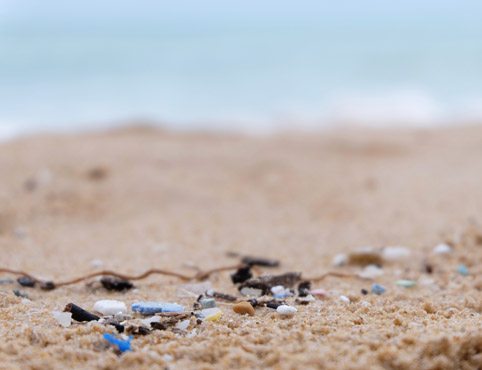
27 May The Price the Environment Pays So That Your Clothes Can Remain Affordable
Fast fashion pertains to clothing produced at a rapid rate to ride on new style trends. Over the years, this has become the go-to choice for consumers for fresh, trendy, and low-priced products that can easily be discarded once the trend fades – short-term satisfaction in exchange for long-term effects on the planet.
The Impact of Fast Fashion on the Environment
Apart from contributing to 10% of all of humanity’s carbon emissions, the fashion industry is the second largest consumer of the world’s water supply. Every year, about 76% of all textiles go to the dump, and with time, people are purchasing more than ever. Studies show that consumers bought 60% more garments in 2014 than in 2000.
They also pose a significant threat to our oceans. Washing some types of clothes sends thousands of bits of plastic into the sea. A 2017 report from the International Union for Conservation of Nature (IUCN) estimates that about 35% of microplastics came from the laundering of synthetic textiles like polyester.

Our Problematic Wardrobes
The prominence of polyester and other synthetics links to the rise of fast fashion. These fabrics were introduced to consumers as more relaxed and refined materials all while giving the illusion that they were “natural.” Manufacturers and designers were quick to point out the unique properties of synthetic materials like being water-repellent, fast to dry, resilient, and extremely cheap. However, most of them conveniently left out discussions regarding the impact of these materials on our oceans.
We have packed our wardrobes with plastics, and we are rinsing more and more plastics into the oceans. Laboratory studies show that the growth of crabs are stunted due to the ingestion of microplastics. Fish are comparatively smaller, slower, and more susceptible to predators because of increased exposure to microplastics.
Why is Sustainable Fashion Important?
Sustainable fashion means prioritising environment-friendly practices throughout the production of clothes and developing products that have a lower impact on the environment. Eco-friendly materials such as organic and pesticide-free cotton are used to make these clothes.
Sustainability in fashion means creating clothes that are safe for people and the environment, reducing water consumption, waste production, using natural energy, and avoiding pollution. Not only is sustainable fashion eco-friendly, but it also focuses on supporting and uplifting ethical working conditions around the world.

The more we understand the price our planet pays to keep fast fashion alive, the easier it is to make sustainable and ethical choices. While sustainable fashion may not be the only solution to water shortage, increased energy consumption, and overflowing landfills, it certainly contributes towards minimising all three. It allows us to drastically reduce our impact on the environment and invest in a safer, more sustainable future.

